What are hydraulic fittings? Hydraulic fitting types
Contents
- 1 What are Hydraulic Fittings?
- 2 Hydraulic Fitting Types
- 3 Selecting the Right Hydraulic Fitting Types
- 4 Hydraulic Fittings Selection Criteria
- 4.1 1. Pressure Rating
- 4.2 2. Temperature Range
- 4.3 3. Size and Thread Type
- 4.4 4. Material Compatibility
- 4.5 5. Configuration and Shape
- 4.6 6. Environmental Conditions
- 4.7 7. Vibration and Shock Resistance
- 4.8 8. Ease of Installation and Maintenance
- 4.9 9. Standards and Certifications
- 4.10 10. Manufacturer Reputation and Support
- 4.11 11. Cost-Effectiveness
- 5 Installation and Maintenance
- 6 Advances in Hydraulic Fitting Technology
- 7 Conclusion

Contents1 What is a Hydraulic Flow Meter?2 Types of Hydraulic Flow Meters2.0.1 1. Positive Displacement Flow Meters2.0.2 2. Turbine Flow Meters2.0.3 3. Gear Flow Meters2.0.4 4. Vortex Flow Meters2.0.5 5. Ultrasonic Flow Meters2.0.6 6. Coriolis Flow Meters2.0.7 Comparison and Typical Applications3 Working Principle of Hydraulic Flow Meters3.0.1 General Operational Principles3.0.2 Detailed Explanation of Measurement Techniques4 […]
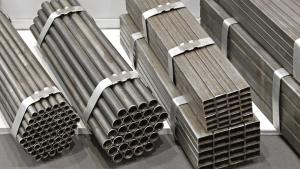
Contents1 Introduction1.1 Manufacturing Processes1.1.1 Overview of Steel Production1.1.2 Pipe Manufacturing Techniques1.1.3 Latest Technologies in Pipe Manufacturing2 Types of Steel Pipes2.1 Carbon Steel Pipes2.2 Stainless Steel Pipes2.3 Alloy Steel Pipes2.4 Properties of Steel Pipes2.4.1 Mechanical Properties2.4.2 Chemical Properties2.4.3 Advantages of Using Steel Pipes3 Standards and Specifications3.0.1 International Standards3.0.2 Industry-Specific Standards3.0.3 Importance of Certifications4 Steel Pipe Dimensions4.0.1 […]
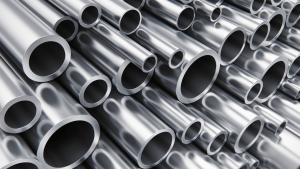
Contents1 Introduction Stainless Steel Pipe1.1 Importance of Stainless Steel Pipes2 History of Stainless Steel Pipes2.0.1 Development of Stainless Steel Alloys2.0.2 Historical Milestones in the Use of Stainless Steel Pipes2.1 Manufacturing Process2.1.1 Raw Materials2.1.2 Pipe Making Techniques: Welded vs. Seamless3 Types of Stainless Steel Pipes3.0.1 Austenitic Stainless Steel Pipes3.0.2 Ferritic Stainless Steel Pipes3.0.3 Duplex Stainless Steel […]
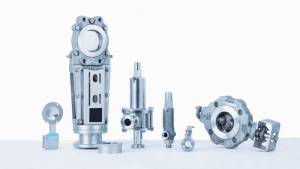
Contents1 What is Pressure Relief Device ?2 Types of Pressure Relief Devices2.1 1.1 Safety Valves2.2 1.2 Pressure Relief Valves2.3 1.3 Bursting Discs2.4 1.4 Rupture Pins3 Design and Manufacturing3.1 2.1 Materials Used3.2 2.2 Design Considerations4 Operating Principles4.1 3.1 Mechanism of Action4.2 3.2 Set Pressure and Blowdown5 Installation and Maintenance5.1 4.1 Installation Guidelines5.2 4.2 Maintenance and Testing6 […]
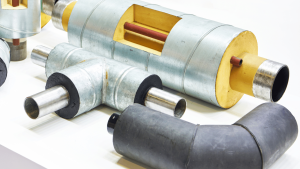
Contents1 What is Pipe Sleeve?2 Understanding Pipe Sleeves2.1 Materials2.2 Sizes and Configurations2.3 Applications2.4 Installation Considerations3 Types of Pipe Sleeves3.1 Flexible Pipe Sleeves3.2 Rigid Pipe Sleeves3.3 Insulated Pipe Sleeves4 Applications of Pipe Sleeves4.1 Construction Industry4.2 Oil and Gas Sector4.3 HVAC Systems4.4 Plumbing Applications5 Factors to Consider When Choosing Pipe Sleeves5.1 Material Compatibility5.2 Environmental Conditions5.3 Temperature and […]
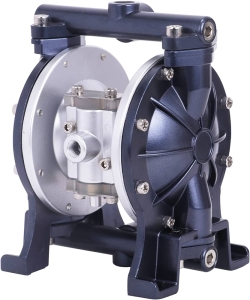
Contents1 What is a diaphragm pump?1.1 Introduction to Diaphragm Pumps2 Types of Diaphragm Pumps2.1 Air-Operated Diaphragm Pumps (AODPs)2.1.1 Advantages:2.1.2 Disadvantages:2.2 Mechanical Diaphragm Pumps2.2.1 Advantages:2.2.2 Disadvantages:2.3 Hydraulic Diaphragm Pumps2.3.1 Advantages:2.3.2 Disadvantages:2.3.3 Comparison and Selection Criteria3 Design and Components of Diaphragm Pump3.0.1 Diaphragm Materials and Selection3.0.2 Valve Mechanisms in Diaphragm Pumps3.0.3 The Role of the Diaphragm in […]
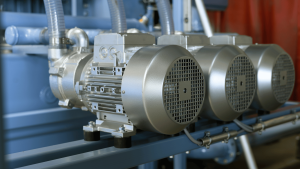
Contents1 What is a vacuum pump?1.1 How Vacuum Pumps Work1.1.1 Importance in Various Industries2 Principles of Operation2.0.1 Creating a Vacuum2.1 Key Components2.2 Types of Vacuum3 Types of Vacuum Pumps3.1 Positive Displacement Pumps3.2 Momentum Transfer Pumps3.3 Entrapment Pumps3.4 Comparison and Selection Criteria4 Applications of Vacuum Pumps4.0.1 Industrial Applications4.0.2 Scientific Research4.0.3 Medical Applications4.0.4 Everyday Applications4.1 Enhancing Quality […]
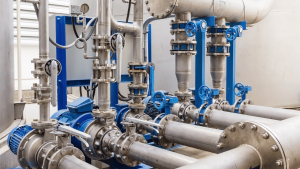
Contents1 What is a positive displacement pump?1.1 Introduction to Positive Displacement Pumps1.1.1 Historical Context1.1.2 Basic Working Principle2 Types of Positive Displacement Pumps2.1 Rotary Pumps2.2 Gear Pumps2.3 Lobe Pumps2.4 Screw Pumps2.5 Reciprocating Pumps2.6 Piston Pumps2.6.1 Diaphragm Pumps2.7 Plunger Pumps3 Working Principle of Positive Displacement Pump3.0.1 Mechanism of Action3.0.2 Rotary vs. Reciprocating Pump Dynamics3.0.3 Flow Rate Control3.0.4 […]

Contents1 Comparation differences between globe valve and gate valve2 Globe valve vs gate valve2.1 Globe Valve:2.2 Gate Valve:2.3 Key Differences:3 What is the key differences between globe valve vs gate valve?4 Globe valves and gate valves differences specifications4.1 Globe Valves:4.2 Gate Valves: Comparation differences between globe valve and gate valve Here’s a comparison table outlining […]

Contents1 I. How to identify thread size and type1.1 Tools Required1.2 Measuring Procedure1.2.1 1. Diameter Measurement1.2.2 2. Pitch Measurement1.2.3 3. Angle Measurement1.3 Verifying Thread Type1.4 Conclusion2 II. Types of threads2.1 1. Metric Threads2.2 2. Unified Threads2.3 3. British Standard Threads2.4 4. NPT (National Pipe Thread)2.5 5. ACME Threads2.6 6. Square Threads2.7 7. Buttress Threads2.8 8. […]


 Automation System
Automation System  Energy Engineeing
Energy Engineeing  Instrumentation System
Instrumentation System  Mechanical Engineeing
Mechanical Engineeing  Piping Technologies
Piping Technologies  Transportations
Transportations  Manufacturing
Manufacturing  Training Material
Training Material 


